We took an early breakfast at San Isidro, keen to be ready once dawn arrived, to watch the traditional siege of bird species massing around the lights at this time. We were not to be disappointed. The first bird to serve notice that the morning flurry had arrived was an Inca Jay that suddenly appeared on the handrail outside, while we ate cooked breakfast inside. We hurried through the rest of our “brekky”, and were quickly positioned beside the lodge’s parking lot, where bird-after-bird dropped in, plucked moths from the bushes and trees surrounding the street lights, and left.
One of the least timid of the visitors was, as usual, a male Masked Trogon that sat on an open stump for us to admire at length. The Inca Jays were ever present, coming in and out, daubed in bright lemon, pea-green, and displaying a bright blue facial patch. Other visitors were more subtle, like Black-eared Hemispingus, Montane Woodcreeper, Black-billed Peppershrike, Pale-edged Flycatcher, and Russet-crowned Warbler. However, others also competed with the trogon and jay for Technicolor credentials, like the well-named Saffron-crowned Tanager, and a newly arrived male Blackburnian Warbler, here in the tropics to escape the hardship of an oncoming boreal winter.
One of the least timid of the visitors was, as usual, a male Masked Trogon that sat on an open stump for us to admire at length. The Inca Jays were ever present, coming in and out, daubed in bright lemon, pea-green, and displaying a bright blue facial patch. Other visitors were more subtle, like Black-eared Hemispingus, Montane Woodcreeper, Black-billed Peppershrike, Pale-edged Flycatcher, and Russet-crowned Warbler. However, others also competed with the trogon and jay for Technicolor credentials, like the well-named Saffron-crowned Tanager, and a newly arrived male Blackburnian Warbler, here in the tropics to escape the hardship of an oncoming boreal winter.
At 7:30am, we needed to move on. We needed to change tact, not only as the activity around the lights – the feeding frenzy – was beginning to wane, but also as we had another urgent avian appointment. Every day, at this specific time, the local reserve ranger leads people into the surrounding cloud forest, where they call out, then feed, a rare forest species, the White-bellied Antpitta. I have been party to this process both here, and at other sites like Paz de Las Aves in western Ecuador, and so was a little unnerved, when the whistles of the ranger went unanswered for a while. Was this usually reliable, though rare species, turning into something rare and unreliable once again? However, in spite of my lack of patience, the bird defied my thoughts and appeared on cue, to snatch up the worms laid out for it.
The remainder of the morning was spent birding the road nearby, where the best find of the time was a gaudy, red-eyed male Crested Quetzal. The afternoon’s birding was punctuated with time at the lodge’s hummingbird feeders, which were attracting a single Gorgeted Woodstar, in addition to the more usual fare of Bronzy Incas, and dazzling Long-tailed Sylphs.
We also managed to complete a brace of quetzals, with a male Golden-headed Quetzal too. That night we tried the Guacamayos Ridge for nightbirds, managing only short light views of an Andean Potoo, had a Rufous-bellied Nighthawk hawking nearby, and got extremely close to a female Swallow-tailed Nightjar, thanks in no small part to the eyes of our driver, a budding birder if ever there was one!
The remainder of the morning was spent birding the road nearby, where the best find of the time was a gaudy, red-eyed male Crested Quetzal. The afternoon’s birding was punctuated with time at the lodge’s hummingbird feeders, which were attracting a single Gorgeted Woodstar, in addition to the more usual fare of Bronzy Incas, and dazzling Long-tailed Sylphs.
We also managed to complete a brace of quetzals, with a male Golden-headed Quetzal too. That night we tried the Guacamayos Ridge for nightbirds, managing only short light views of an Andean Potoo, had a Rufous-bellied Nighthawk hawking nearby, and got extremely close to a female Swallow-tailed Nightjar, thanks in no small part to the eyes of our driver, a budding birder if ever there was one!








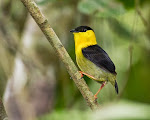
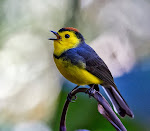
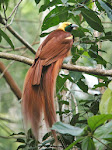




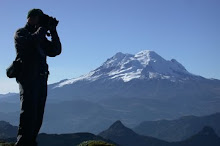


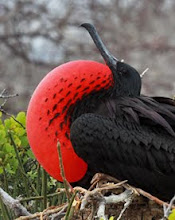
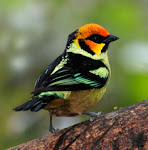
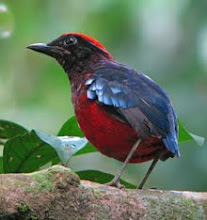

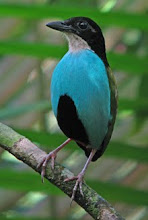
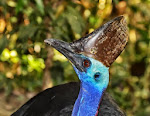
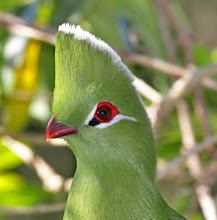
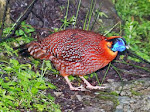

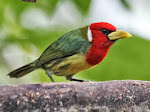
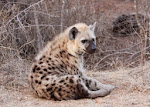
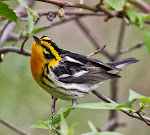

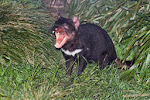
No comments:
Post a Comment